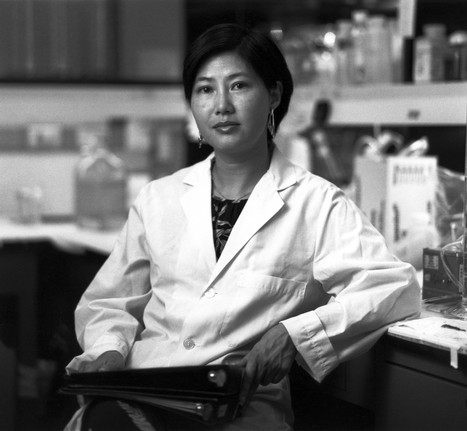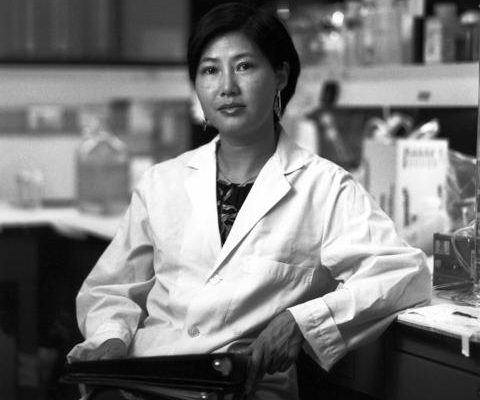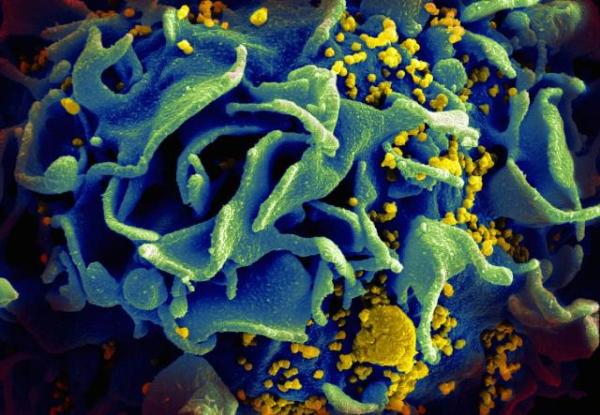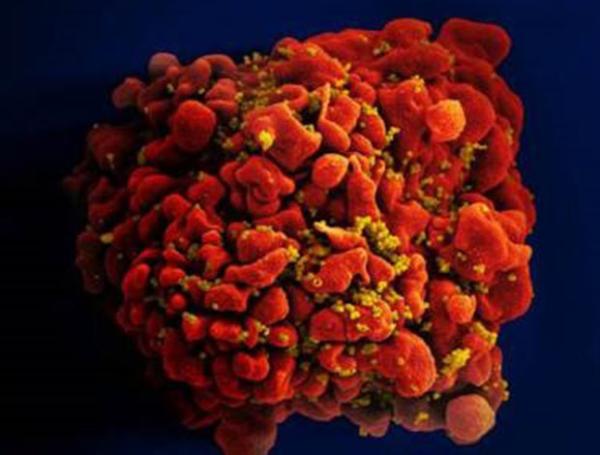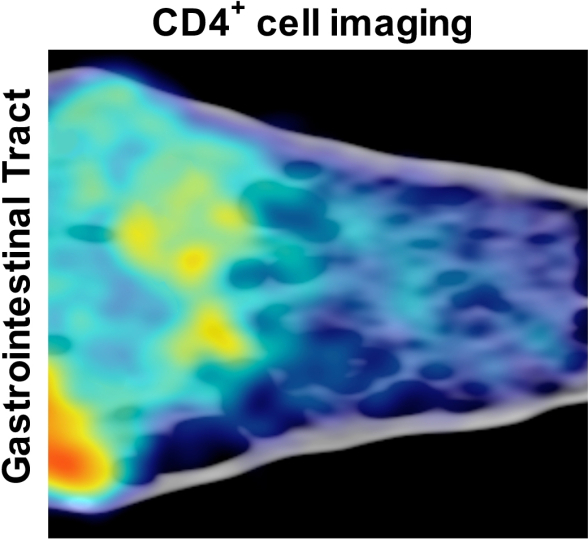NIH Summer Interns Show Off in Poster Exhibitions
Budding Scientists Present Their Research During Three-Day Virtual Event
Although NIH’s 2021 Summer Internship Program (SIP) was fully virtual this year, that didn’t stop the hundreds of participating high school, college, and graduate students from contributing to a variety of important IRP research projects. More than 500 students who worked in NIH labs this summer presented their work during this year’s Summer Presentation Week, which took place August 3-5.
I sifted through the lengthy list of presenters at the event and spoke with a diverse group of young men and women who spent their summers expanding our knowledge of human health and biology. Read on to learn about these promising future scientists and doctors and the research they completed this summer.


